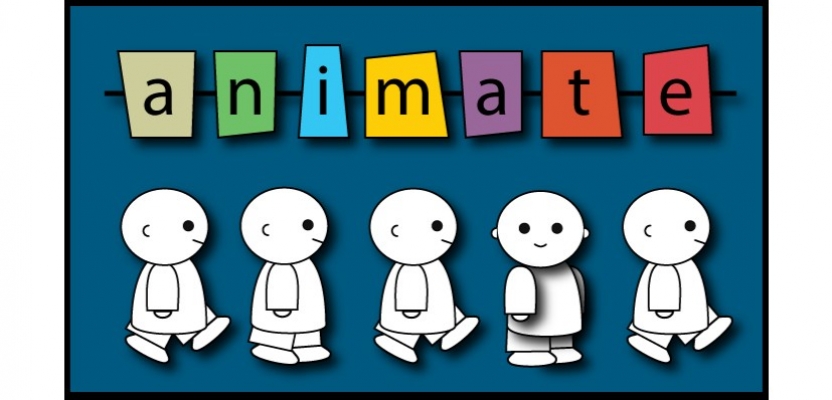I read an interesting article about our ancient ancestors, during the period known as the Ice Age (Upper Palaeolithic), roughly between 40,000 and 14,000 years ago, before human settlements had been established. In the article, the author noted that in order for our cave dwelling ancestors to make the cave paintings, they would have needed some kind of light to enable the markings and hieroglyphics to be placed on the cave walls and ceilings. The most famous likely to be The Lascaux cave in the Dordogne region, widely considered to be the earliest known narrative artworks. Lascaux is now part of a global phenomenon, referred to as “the decorated caves” given that many more caves have since been discovered world wide.
Now place yourself in that cave. Beneath the flickering light, the markings would have danced, as if moving, in effect, they would have been animated. It must have been quite something to behold for our early ancestors and It doesn’t take a great leap of the imagination to see that the author was suggesting that those early cave paintings would have had the qualities of that found in todays animation, namely that of movement and even persistence of vision. What this amounted to, was the birth of the moving image, some 14,000 years ago. Those early leaps of imagination along with sophistication in delivery, has now brought us to the present day and the industry that is now known worldwide as animation.
The English adjective animate means, “alive,” it comes from the Latin verb animare, meaning “to give life to,” and this is what animation is, to bring to life. Our early ancestors didn’t know what would follow, but it would eventually become cinematography with sound eventually included. Effects we now take for granted. Like the leap of early imagination taken 14,000 years ago, an industry was born and like one of the twelve principles of animation: that of the ‘bouncing ball,’ each leap or bounce has over the years become progressively shorter, as technology improved the production process and shortened the time required to make the final end result. Leaving just the one obstacle. That of imagination.



